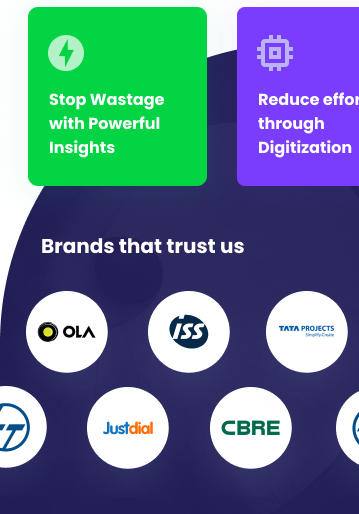Introduction
As technology continues to transform the built environment, data analytics has become an essential tool for smart building management. By leveraging real-time data, facility managers and building owners can optimize energy consumption, enhance occupant comfort, and improve operational efficiency. With smart building solutions like Know Your Building®, data-driven decision-making ensures that buildings are not only more sustainable but also more cost-effective and responsive to occupant needs.
Why Data Analytics Matters in Smart Buildings
Buildings generate massive amounts of data from HVAC systems, lighting, occupancy patterns, energy usage, and indoor environmental conditions. Without the right tools to analyze this data, facility managers miss opportunities to enhance efficiency and sustainability.
Key Benefits of Data Analytics in Smart Buildings:
- Energy Optimization: Identifies inefficiencies and reduces unnecessary energy consumption.
- Predictive Maintenance: Prevents system failures by detecting performance issues before they escalate.
- Improved Occupant Comfort: Adjusts environmental conditions in real-time for enhanced well-being.
- Cost Savings: Lowers operational expenses by reducing waste and optimizing resource usage.
- Sustainability & Carbon Footprint Reduction: Enables better management of energy and water resources.
Key Areas Where Data Analytics Enhances Building Performance
1. HVAC System Efficiency
HVAC systems account for nearly 40% of a building’s total energy consumption. Smart data analytics help optimize performance by:
- Monitoring temperature fluctuations and adjusting HVAC operations accordingly.
- Identifying patterns of energy waste and implementing corrective actions.
- Utilizing machine learning algorithms to predict HVAC maintenance needs.
2. Energy Management and Smart Metering
- Tracks real-time energy usage and identifies peak demand periods.
- Provides actionable insights to lower energy consumption.
- Integrates with renewable energy sources for improved sustainability.
3. Occupancy and Space Utilization
- Uses IoT sensors to monitor occupancy trends and optimize space utilization.
- Helps adjust lighting, ventilation, and temperature based on real-time occupancy data.
- Improves facility planning by analyzing workspace efficiency.
4. Indoor Air Quality (IAQ) Monitoring
- Tracks CO2 levels, humidity, and pollutant concentrations.
- Automates air purification and ventilation adjustments.
- Ensures compliance with indoor health and safety standards.
5. Lighting Control and Automation
- Uses daylight sensors to optimize artificial lighting usage.
- Adjusts brightness levels based on occupancy and time of day.
- Reduces energy waste by automatically turning off unused lights.
The Role of Know Your Building® in Data-Driven Smart Management
Know Your Building® is a cloud-native Building Management System (BMS) that leverages real-time data analytics to optimize building operations. Key features include:
- Predictive analytics for proactive maintenance.
- AI-powered recommendations for reducing energy consumption.
- Real-time monitoring of HVAC, lighting, and IAQ.
- Automated controls to enhance efficiency and sustainability.
Future Trends in Data Analytics for Smart Buildings
1. Artificial Intelligence and Machine Learning
AI-driven analytics will continue to refine how buildings adjust to real-time conditions, enabling more accurate predictions for energy use and maintenance.
2. IoT Integration and Real-Time Monitoring
With the proliferation of IoT devices, smart buildings will become even more data-centric, allowing facility managers to monitor and control every aspect of building performance remotely.
3. Sustainability and Net-Zero Energy Buildings
Data analytics will play a crucial role in helping buildings achieve net-zero energy goals by identifying areas for improvement and optimizing energy consumption.
Why Data Analytics is Essential for Smart Building Management
By harnessing the power of data analytics, businesses and building owners can transform their properties into efficient, cost-effective, and sustainable spaces. Smart solutions like Know Your Building® empower facility managers to make informed decisions, reduce energy waste, and enhance occupant comfort while lowering operational costs.
Investing in data-driven building management is not just a trend—it’s the future of smart and sustainable buildings.














